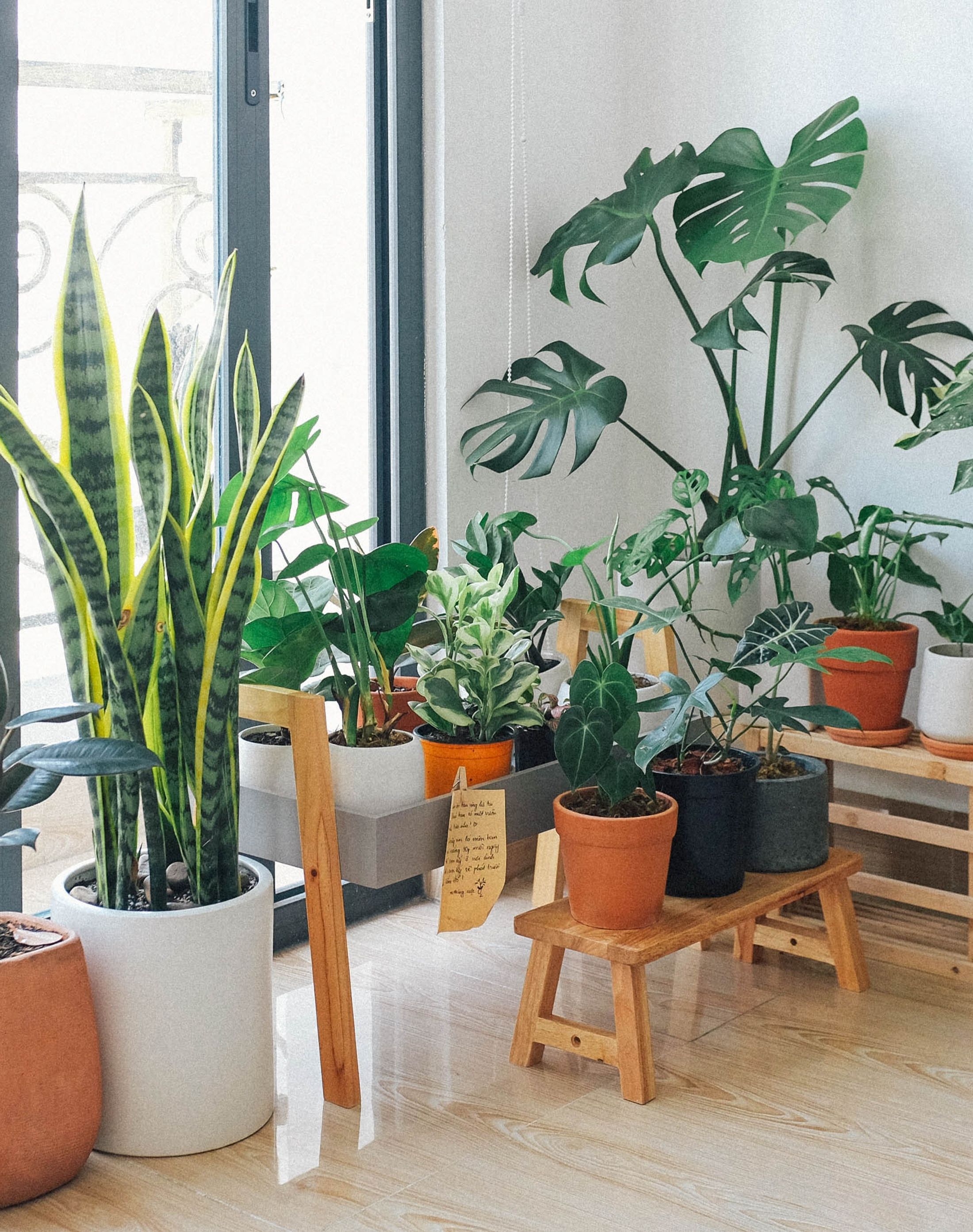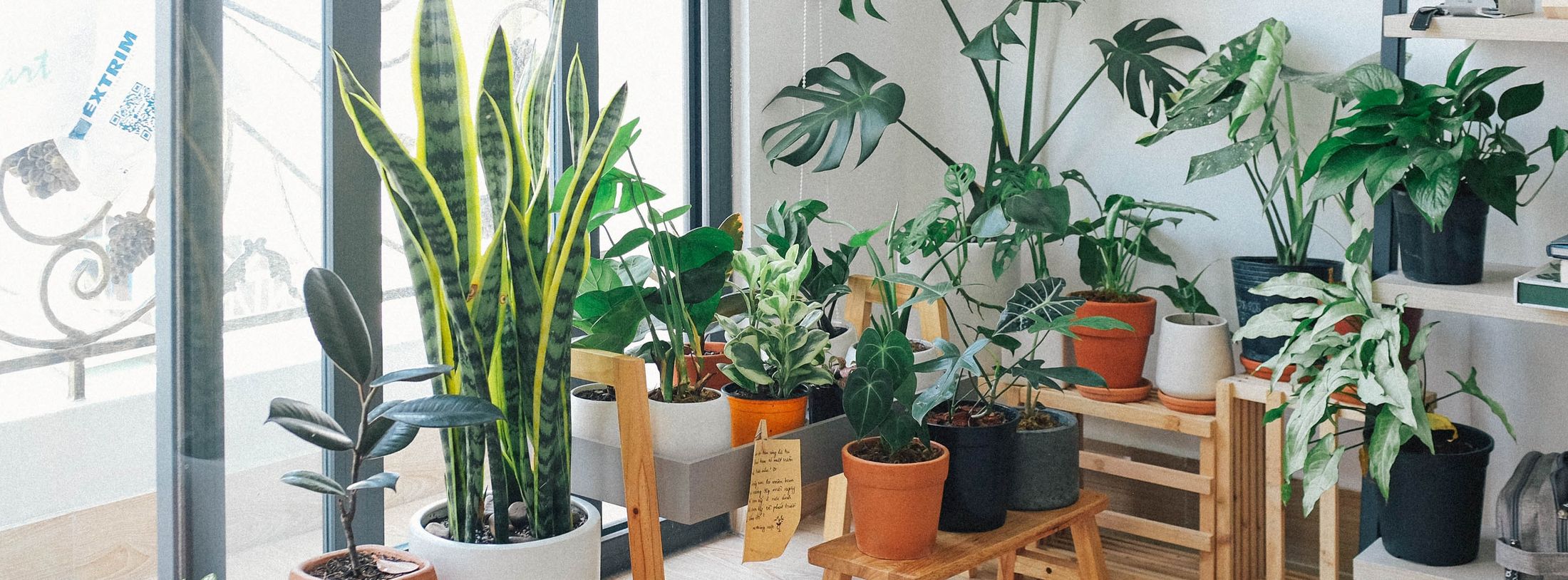Uh-oh. Is your plant looking a little sad? Don’t panic—appearances can be deceiving. In other words, even if a plant appears to be dead, it might still be salvageable.
In this guide, we’ll walk through why your plant might be declining and share practical steps to bring a plant back to life—including when it’s worth trying, and when it might be too late. Whether you’re working with a dying overwatered plant or one that just hasn’t bounced back after a move, here’s how to help.
Why Is My Plant Dying?
Before you can fix it, let’s figure out what’s going wrong. These are some of the most common reasons indoor plants decline:
Watering Issues
Overwatering is one of the biggest culprits behind plant stress. It can lead to root rot, especially in pots without proper drainage. On the flip side, underwatering can cause leaves to dry out, curl, or drop.
Signs of a dying overwatered plant:
- Soft, yellowing leaves
- Mushy or dark roots
- Sour or moldy-smelling soil
Signs of underwatering:
- Dry, brittle leaves
- Shrinking or cracked soil
- Leaf drop and stunted growth
Too Much or Too Little Sunlight
You may be wondering, can a plant get too much sunlight? The answer is yes. Sunburn looks like scorched, brown patches—especially on one side of the plant. If your plant is pale, leggy, or not growing, it might not be getting enough light.
Other Stress Factors
- Transplant shock – Plants can wilt or stall after being repotted. Wondering how long it takes to recover from transplant shock? It can be a few days to a few weeks, depending on the plant and care.
- Over-fertilizing – Too much of a good thing can burn the roots and make things worse.
- Chemical exposure – Cleaners or herbicides can damage leaves if they drift or spill.
- Pests or fungus – Gnats, mites, or hidden root fungus can all weaken a plant over time.
- Low humidity – Some tropical plants suffer when indoor air is too dry.
- Wrong timing – Repotting or pruning while a plant is flowering or stressed can slow recovery.
How to Revive Indoor Plants: Step-by-Step
If your plant has any green left—on leaves, stems, or roots—it’s not too late. Here’s how to help a dying plant recover.
1. Make Sure It’s Worth Saving
Check for signs of life:
- Green anywhere on the stem or leaves
- Roots that are pale or firm, not mushy or brittle
- Stems that are flexible, not snapping or hollow
If your plant looks completely dried out with zero green or flexible growth, it may be time to compost it and move on. But if it still shows signs of life, there’s hope.
2. Clean Up Dead Growth
Trim away any fully dead leaves or stems. Dead tissue won’t come back and will only take energy away from new growth. Be gentle, but thorough—this is key to reviving dying plants.
If you suspect pests or fungus, rinse the roots and replant in fresh soil.
3. Test the Soil
Grab a handful of dirt and squeeze it:
- If it clumps and feels soggy, it’s probably overwatered
- If it’s dry and dusty, it likely needs water
Let the soil guide your next steps. And if there’s white buildup or a weird smell, consider a fresh pot and new soil to give the plant a cleaner slate.
4. Adjust Light and Placement
If your plant is sunburned or getting too much midday heat, move it to indirect light. If it’s not growing or looks washed out, place it closer to a window or supplement with a grow light.
Dusty windows or dirty leaves can also block light. Give them a gentle wipe to help photosynthesis along.
5. Feed Wisely
If your plant has been in the same soil for over a year and seems weak, it may need nutrients. You may be asking, what’s the best fertilizer for dying plants? Start with a gentle, balanced fertilizer at half strength.
Important: Avoid fertilizing if the plant is still recovering from overwatering or repotting.
6. Try a Home Remedy
Many people wonder, does sugar water help plants? or will plant food help a dying plant? While sugar water may offer a small temporary energy boost, it’s not a cure-all—and too much can promote mold. Stick to proper watering, light, and nutrients for long-term success.
If you’re looking for safe, home remedies for dying plants, try:
- Cinnamon powder to prevent fungus in the soil
- Repotting with compost-rich or well-draining soil
- Adding a humidity tray or pebble bath under tropical plants
7. Be Patient and Take Notes
Reviving a plant isn’t always fast. You might be wondering, how long does it take to revive a plant or when is it too late to revive a plant? The answer varies. Some bounce back in days, others need weeks of consistent care.
Keep a simple log of watering, sun exposure, and changes in the plant. If nothing improves after a few weeks, try troubleshooting or consult a local plant shop.
And if it doesn’t make it, compost it and let it nourish your next green friend.
Want a Plant That’s Easier to Care For?
If you’re looking for something low maintenance that still gives you plant joy, check out our Neo Px. It includes:
- A hardy, easy-care Golden Pothos
- Power Drops, which are bioengineered microorganisms that, when mixed with water and added to your plant’s topsoil, form a microbiome that helps break down pollutants
- A custom self-watering planter that improves airflow and supports healthy plant growth
This system increases your plant’s ability to clean the air by up to 30 times compared to standard houseplants. Power Drops are specifically formulated to target four of the most common and harmful VOCs found indoors: formaldehyde, benzene, toluene, and xylene.
So while you’re reviving one plant, why not pair it with another that’s designed to help your space, and your air, stay healthier from the start?
Sources:
Overwatered Indoor Plants | University of Maryland ExtensionOpens in a new tab.
Humidity Guide For Indoor Plants | Fox Run Environmental Education CenterOpens in a new tab.
Estimating Soil Moisture by Feel and Appearance | USDA NRCSOpens in a new tab.

